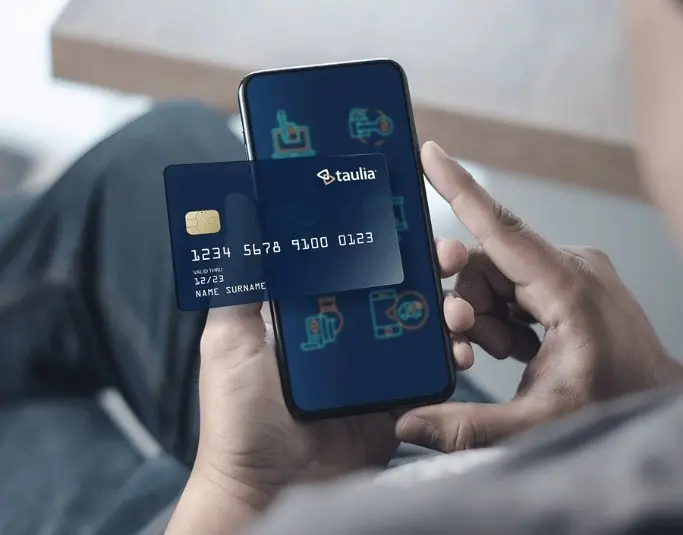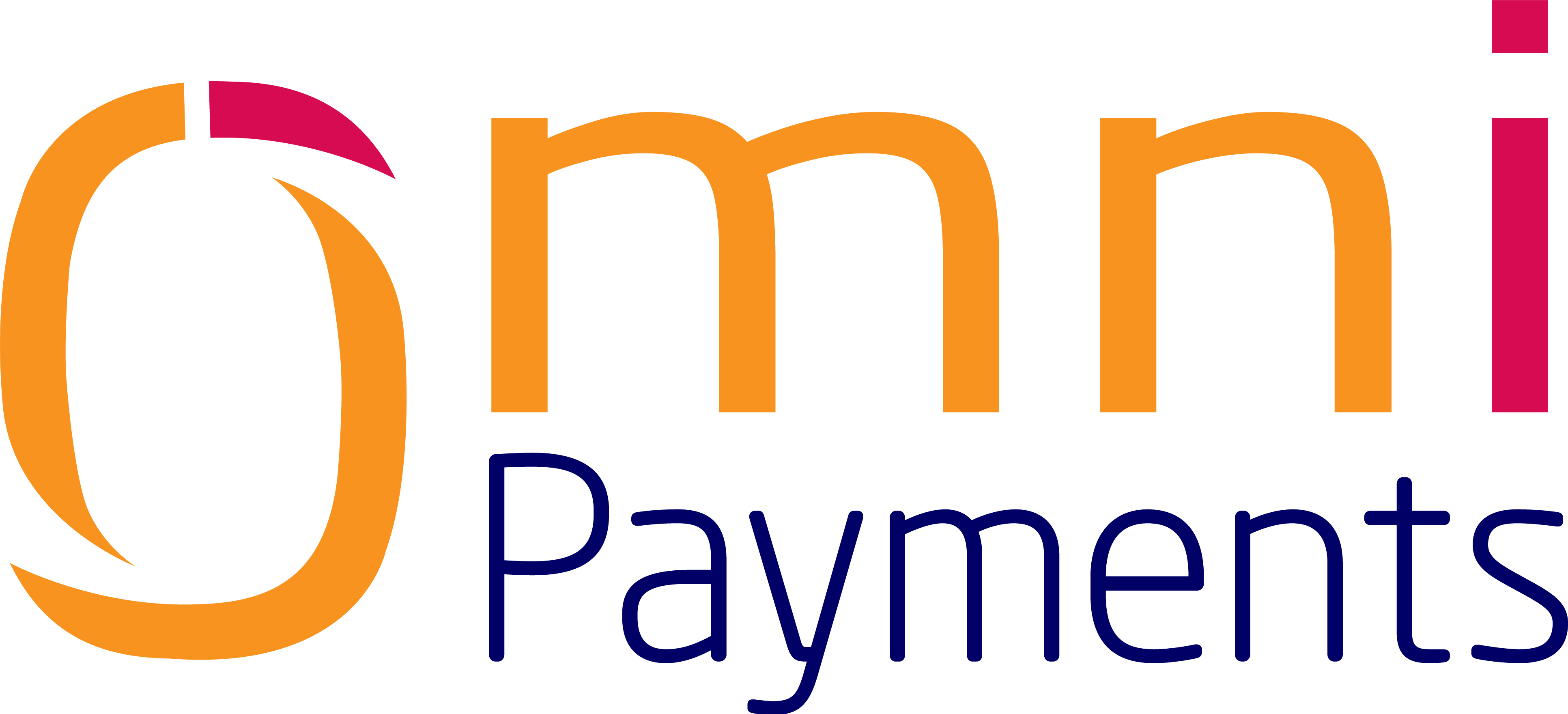Introduction
In ancient times, people used to make transactions through the barter system, where the buyer and seller exchanged goods of their specific requirements. Then came the system of cash payments. Now, the requirement to give some goods in exchange was abolished. As more time passed, humans started developing new payment methods that were highly dependent on technology, such as credit cards. With further growth in tech, we are now introduced to online/digital payments. One such method of digital payment is through virtual cards.
Since virtual cards majorly exist on mobile phones, mobile payments are forecasted to be worth $607.9 billion globally by 2030, expanding at a CAGR of 35.5% between 2023 and 2030.
But what exactly are virtual cards? What benefits do they have over physical cards? All this will be covered in this blog.
What are Virtual Cards
Virtual cards are one of the many digital payment methods. However, this one is unique in that it is an actual card, just not in its physical form. They can be used in places where traditional cards are accepted. These are mostly used for shopping, dining out, or business payments. Even though the technology that enabled virtual cards came in the 1990s, its usage has only picked up pace recently.
Benefits of Virtual Cards
The following are the benefits of using virtual cards over traditional plastic cards in the corporate world:
Efficiency: Employees can request and receive funds easily. Since there is no need to carry a physical card, transactions can be made online and thus can be done from even the most remote places. All you need is an internet connection.
Control: Unlike physical cards that are only with the person holding them, virtual cards can be accessed simultaneously by multiple people who are allowed access to them by the original owner. Thus, employers can set spending limits and restrictions. This will help prevent the wastage of precious funds.
Real-time visibility: Since the transactions and their data are now entirely virtually accessible, companies can make informed decisions based on granular data and manage their finances better.
Pros
Cons
Unlike physical cards that take days to get issued, virtual cards are instantly issued for single or multi-use.
Since it has only recently gained popularity among the people, most merchants do not have the required technology to facilitate transactions via virtual cards.
Since the card is physically not with you, the chances of its theft are eliminated. However, you still need to secure your device carefully.
The user can immediately block traditional cards via telephonic services when they are stolen. However, if your device gets stolen, the fraudster can access both your virtual card and the OTPs.
Single-use cards reduce the risk of fraud since no one can mask your card details and initiate any transactions.
Since the technology is still in its initial days, users might experience glitches every now and then, leading to failed transactions.
Pros
Unlike physical cards that take days to get issued, virtual cards are instantly issued for single or multi-use.
Since the card is physically not with you, the chances of its theft are eliminated. However, you still need to secure your device carefully.
Single-use cards reduce the risk of fraud since no one can mask your card details and initiate any transactions.
Cons
Since it has only recently gained popularity among the people, most merchants do not have the required technology to facilitate transactions via virtual cards.
The user can immediately block traditional cards via telephonic services when they are stolen. However, if your device gets stolen, the fraudster can access both your virtual card and the OTPs.
Since the technology is still in its initial days, users might experience glitches every now and then, leading to failed transactions.
Conclusion
Now that you know the entire concept of virtual cards, how they function, and their pros and cons, choosing the best payment alternative for you should get easier. However, as with all other financial transactions, you must know all transaction details to avoid wrong transactions and protect yourself from fraud. If you are a business wanting secure, scalable, and affordable payment solutions, Omnipayments is there to fulfill all criteria. Omnipayments provides extensive customization for your specific business needs, including the Card Management System (CMS), which allows businesses to issue debit, credit, virtual and prepaid cards from a single platform. real-time payments and flexibility in adapting to your growing business. Book a call with us to learn more!






